Category: AKS
-
AKS 17 -What is K3s and how it different from k8s.
K3s is a lightweight, certified Kubernetes distribution designed for resource-constrained environments like: K3s is a fully compliant Kubernetes (K8s) distribution, but it is not exactly the same as vanilla Kubernetes. Think of it as…
-
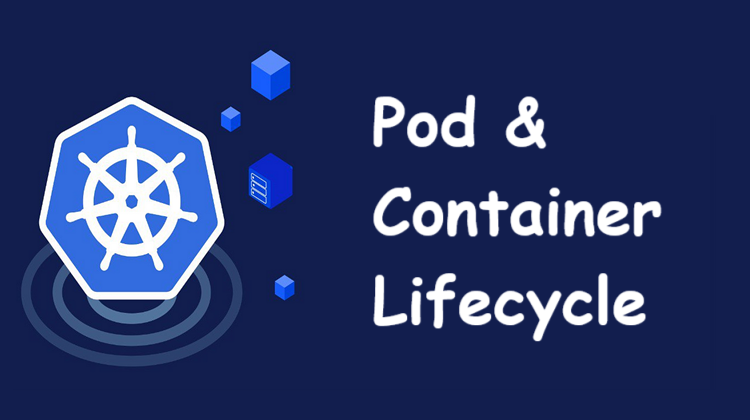
AKS 9 – Pod and Container Lifecycle (within a Pod)
Container Lifecycle (within a Pod) Each container follows this: Pod Lifecycle Phases
-

AKS 8 – How Kubelet Deletes Pods Gracefully (Step-by-step)
When a Pod is deleted, Kubelet (the agent running on each AKS node) handles its graceful termination using a process called graceful shutdown. Here’s how it works: 1. User runs kubectl delete pod You…
-
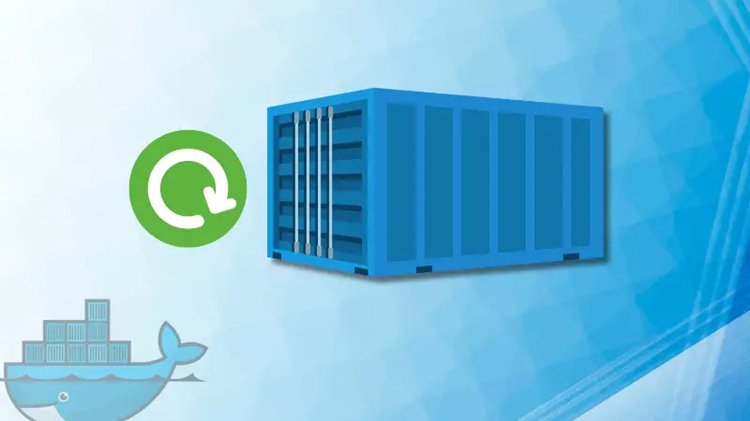
AKS 7 – What is Restart Policy in AKS (Azure Kubernetes Service)?
In AKS, the restart policy defines how Kubernetes restarts containers inside a Pod when they exit (fail or stop). Restart Policy is Defined at the Pod Level It’s set in the Pod spec under…
-
AKS 6 – AKS Pod Lifecycle: From kubectl to Running
what happens from the moment you run a kubectl apply or kubectl run command until your pod is up and running: 1️⃣ kubectl apply -f pod.yaml You apply the pod definition file. 2️⃣ 🧠…
-
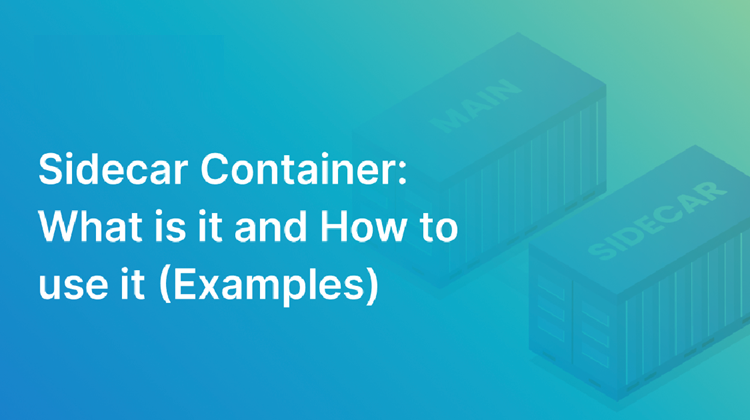
AKS 5 – What is a Sidecar Container?
A Sidecar container is a helper container that runs alongside your main application container in the same Pod and helps it do its job. Think of your application as a car, and the sidecar…
-
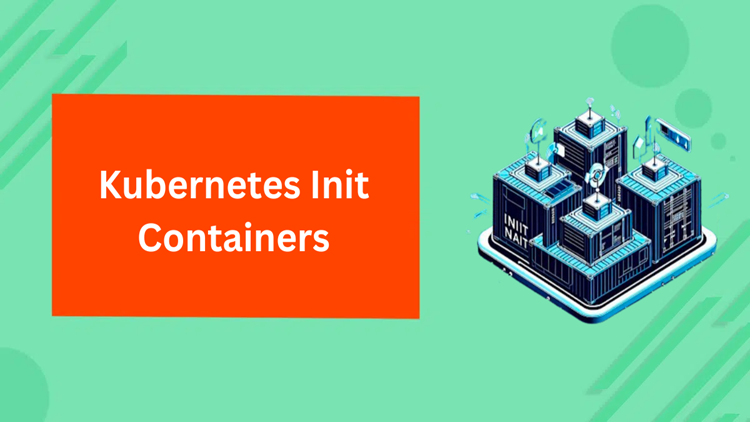
AKS 4 – What is an Init Container in Kubernetes?
An Init Container is a special type of container that runs before the main application container starts in a Pod. Think of it like a “setup step” before your app runs. Use Case (in…
-
AKS 3- What is a DaemonSet?
A DaemonSet is used when you want the same pod to run on all (or selected) machines automatically.🛠️ What Daemon Sets Do (in layman terms): Imagine you have a fleet of delivery trucks (nodes),…
-
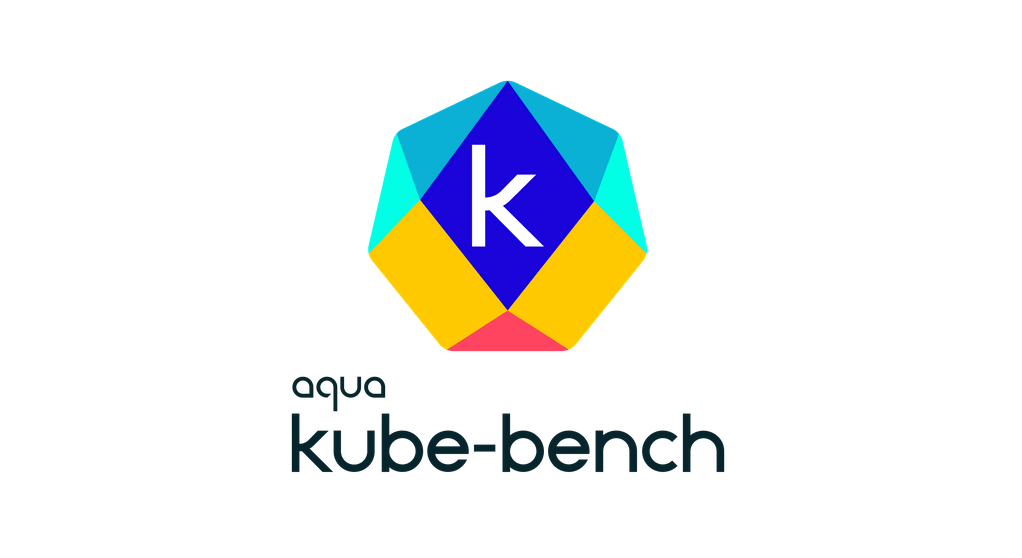
AKS 2- What is kube-bench?
kube-bench is an open-source tool that checks whether your Kubernetes cluster is secure, based on the CIS (Center for Internet Security) Benchmarks. 🧠 Imagine this: You’ve built a secure house (your Kubernetes cluster). Now,…
-
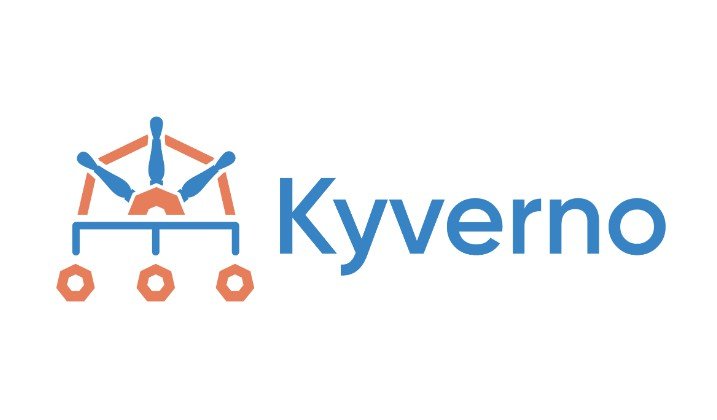
Part 1 (AKS) What is Kyverno?
Kyverno is a Kubernetes-native policy engine used to validate, mutate, and generate Kubernetes resources — directly using YAML. Think of it as a security guard and rule enforcer for your Kubernetes cluster. 🧠 Imagine…